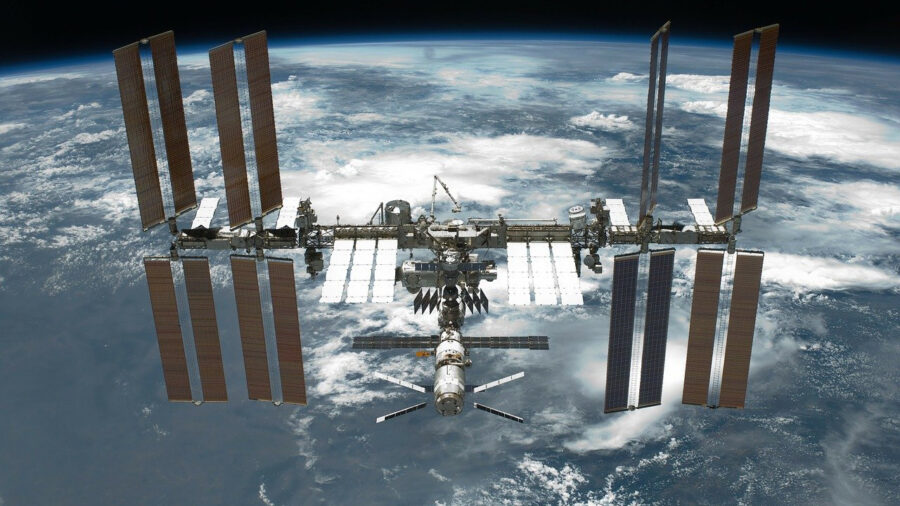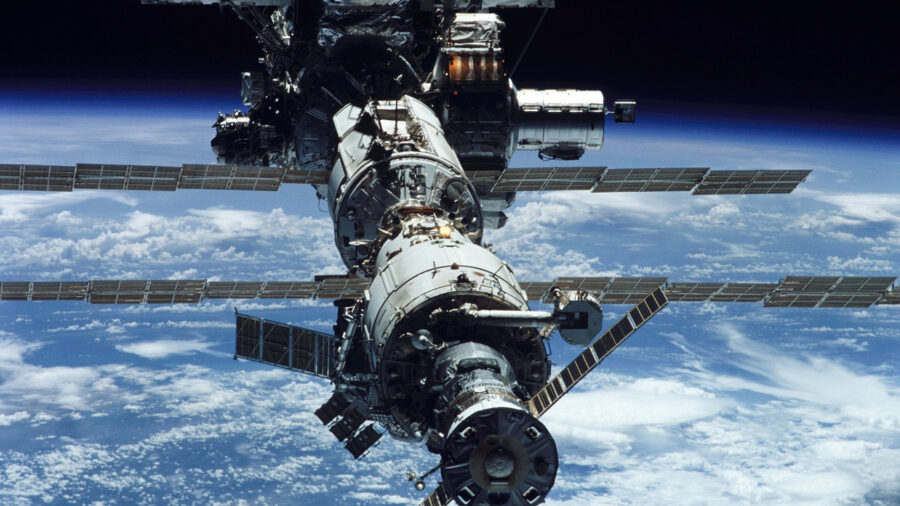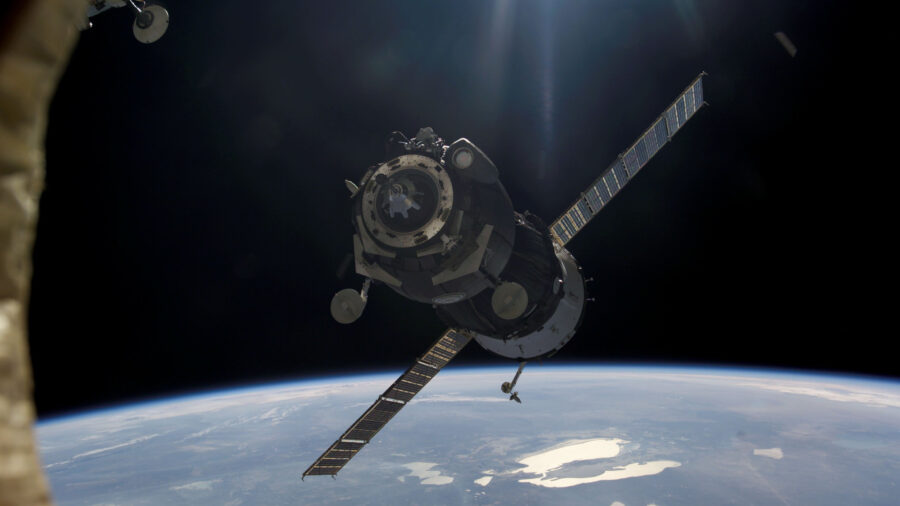The International Space Station Oxygen Supply Just Failed
The International Space Station just lost oxygen.
This article is more than 2 years old

The International Space Station (ISS for short) has been orbiting Earth for the last 21 years. It is an impressive achievement in human history, but it has not come without its fair share of worrisome problems. Such was the case last Wednesday when it was reported that after more than two decades in space, parts of the oxygen systems have failed.
The International Space Station is a joint venture between a number of different country’s/continent’s space agencies. Those include the United States, Russia, Europe, Canada, and Japan. But though there are a few governing bodies involved with the initial launch and operation of the ISS, it’s currently divided into two sections with the United States (NASA) operating one part and the Russias in charge of the other. The failing oxygen issue occurred on the Russian side of the space station. The American section continued operating as normal, with the Russians needing to breathe some of that sweet U.S. recirculated O2 until the system could get back up and running.

As bad as “failing oxygen” might sound to an outsider planted here on terra firma, it doesn’t appear that the crew of the International Space Station is any immediate danger. Russia’s version of NASA, Roscosmos claims to have found the source of the leak and worked to correct it from directions given on the ground at mission control.
I will say, it’s a bit alarming that the reported oxygen system on the International Space Station was well past its expiration date and in dire need of repairs but had also been labeled a low-level priority issue for quite some time. I’m no cosmonaut, but that would probably be pretty high on my to-do list before agreeing to an extended trip up in the vacuum of space.

Anything this massive and technological in operation for this long is bound to have its set of problems. And this isn’t the first major issue the International Space Station has experienced over the years. In fact, back in September, the Russian side experienced a major pressure leak which had been an on-again-off-again problem for over a year.
There has also been a false alarm ammonia leak, a damaged solar panel repair back in 2007 with the fix sounding like it came directly from a sci-fi movie, and even a shuttering of the United States portion of the program for three years after the Space Shuttle Columbia disaster in 2003.

The International Space Station is critical to long term ventures for various space agencies as they plan for longer trips to the moon and even Mars. This for sure won’t be the last time it encounters major or minor issues. Luckily, it appears the failing oxygen system failure is part of the latter group.
Anyone who’s ever seen any movie related to space travel or living on a space station knows the greatest risk posed with this kind of venture isn’t rogue asteroids or on-the-loose alien creatures. No, the biggest worry is the oxygen will fail at some point. Think Tony Stark and Nebula in Avengers: Endgame traveling aboard Titan, playing paper football, and finally beginning the slow descent into death when the last of the air runs out. Now in that situation, they were fortunate to have Captain Marvel available to bail them out of an air-less pinch. In the real world, rescues like that don’t come along.
So for now, we don’t need to picture Tony Stark signing off his transmission to Pepper Potts and drifting away. No, the International Space Station appears to still be functioning with air back pumping on both sides.











